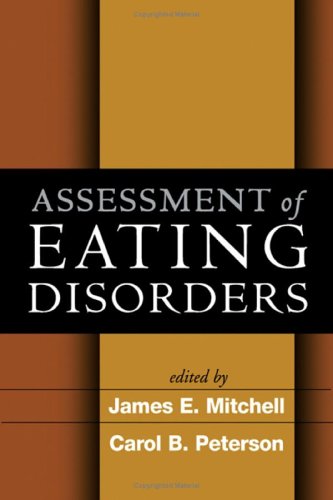

Most ebook files are in PDF format, so you can easily read them using various software such as Foxit Reader or directly on the Google Chrome browser.
Some ebook files are released by publishers in other formats such as .awz, .mobi, .epub, .fb2, etc. You may need to install specific software to read these formats on mobile/PC, such as Calibre.
Please read the tutorial at this link: https://ebookbell.com/faq
We offer FREE conversion to the popular formats you request; however, this may take some time. Therefore, right after payment, please email us, and we will try to provide the service as quickly as possible.
For some exceptional file formats or broken links (if any), please refrain from opening any disputes. Instead, email us first, and we will try to assist within a maximum of 6 hours.
EbookBell Team

5.0
50 reviewsConcise and practical yet comprehensive, this unique book provides a clear framework and a range of up-to-date tools for assessing patients with eating disorders. Leading clinicians and researchers describe the nuts and bolts of using diagnostic interviews, standardized databases, structured instruments, self-report and family-based measures, medical and nutritional assessment, ecological momentary assessment, and strategies for evaluating body image disturbance. Concrete examples and sample forms are included throughout, and the concluding chapter discusses how to use assessment data in individualized treatment planning.